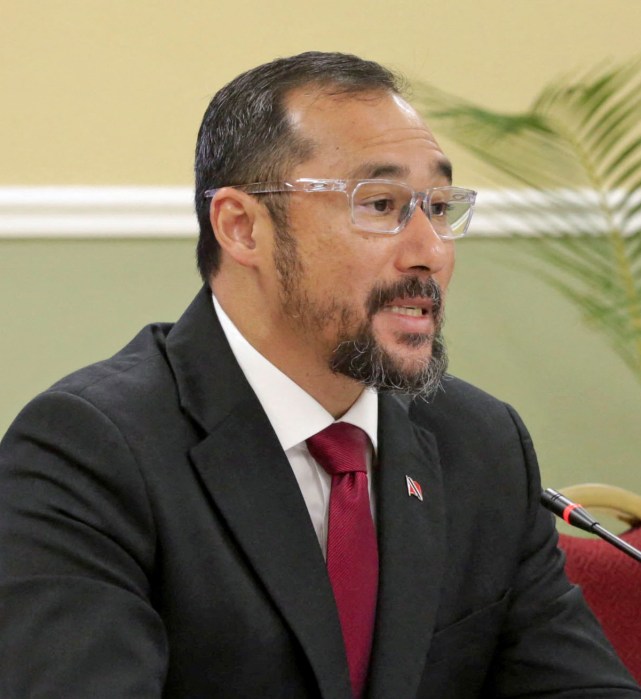The United Nation’s HIV-AIDS program Wednesday said that doctors recorded about 10,0000 deaths from the infection in the Caribbean region last year, about half of the number who perished a decade ago representing significant success in the battle against the deadly disease.
Releasing figures ahead of a major international conference on the subject in Washington D. C next week, the UN’s Trinidad-based office attributed the reduction of deaths to the availability of anti retroviral drugs in various countries and better access to medical treatment for the reduction in deaths.
“This new data reflects both regional successes and challenges,” the world body said, noting that about 67 percent of the regional target area has access to drugs but noted that a total of 230,000 people are living with the HIV infection.”
The body said in a statement that new infections for last year stood at 13,000 including about 1,100 children who got it from their mothers but said that the majority of the new infections generally occurred “ in the Dominican Republic and Haiti which together comprise 68 percent of the region’s HIV epidemic.”
But it said that the small island states in the Eastern Caribbean “are close to achieving elimination targets for the prevention of mother to child transmission” representing the good news in the battle against the disease in the region.
The UN said that while the overall adult prevalence rate for HIV infection is one percent, infections from heterosexual activity remains the main route to get the disease. It noted, however, that the prevalence rates among gay men from an estimated five percent in parts of the Dominican Republic to 20 percent in Trinidad and Tobago, 19 percent in Guyana to 32 percent in Jamaica.
For sex workers, the rate ranges among women is 4.8 percent in the DR to 24 percent in Suriname, five in Haiti and Jamaica and 17 percent in Guyana.
Pointing to funding for drugs and other forms of treatment, the report said that the region attracted about $1.6B from the U.S. and the World Bank between 2001 and 2009, representing about 64 percent of needs from donors.
























